Economic Indicators
Fixed Income
High rates and high hopes for the new year.
Fixed income ended 2023 on a strongly positive note, propelled by signs that the Federal Reserve had not only ended its rate-hiking cycle but was considering cutting rates this year.
There was some midyear tumult when bond values retreated as the Fed increased rates. But the late-year rally was a welcome relief after the painful losses of a year earlier when the Fed was in full inflation-fighting mode. The upbeat finish to 2023 could signal the start of a rosy period for fixed income.
That’s not to say there aren’t question marks. Each security has its own set of drivers and hurdles, and some industries and entities could struggle in a higher interest environment. But if inflation remains under control, that could give the Fed room to lower rates. And even modest cuts could boost fixed income.
We talked with Capital Group portfolio managers John Queen, Mark Marinella and Xavier Goss, as well as analyst Nermis Rosario, about the outlook for bonds and where they hope to capitalize on what may be a bright year.
Last year wasn’t without incident, but it finished strongly for bonds. What’s your sense of how we got to this point, and how do you think that will flow into 2024?
John Queen: The story of ‘23 was the Federal Reserve sticking to its guns, pushing rates higher and making sure that it was pushing inflation and inflation pressures lower. Whether it accomplished that without spinning the economy into recession is still to be judged. However, even if it failed, I think a recession would be modest, given solid corporate and consumer balance sheets.
Can the Fed accomplish its goals on inflation without pushing us into a recession? I think it can. The Fed has very blunt tools, so to have engineered things well enough to get inflation down and growth slowing without going all the way to recession is difficult. I think it’s done raising rates. Alongside tightening, or raising fed funds policy rates, there’s also quantitative tightening, which is the reduction of the Fed’s balance sheet. That is a form of monetary tightening as well. There are a lot of moving parts under that, but monetary policy will likely continue to be tightened through that mechanism. All of that said, it does appear to have put the economy on a path where a “soft landing” is a strong possibility.
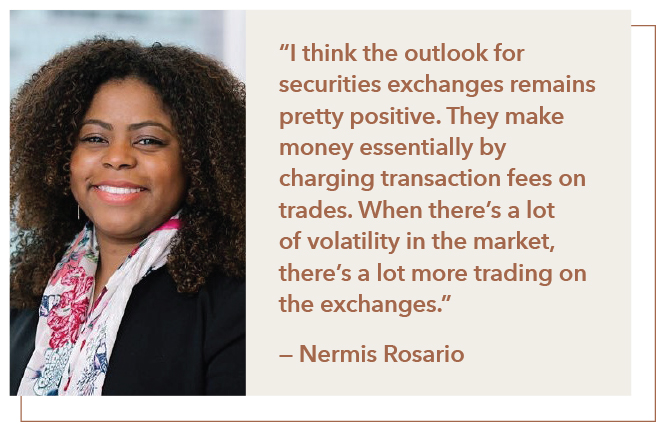
Mark Marinella: None of us was immune from the Fed’s actions in 2023. One thing I’ve noticed is that investors have a lot of anxiety as to whether they should get involved in fixed income markets. They had negative returns in 2022 and the Fed kept raising rates.
The thing is that, in each cycle that I have reviewed, when the Fed is done with its job, fixed income has rallied. And I think part of the November/December rally was just that. It was the market saying, “I know [Fed chairman] Jerome Powell has something to say, but it looks like he’s done.”
Xavier Goss: Looking back to 2022, it was kind of the worst-case scenario for risk assets. As rates went up, there was maximum uncertainty. The economy was still strong, but no one knew the “terminal value” of interest rates, meaning how high the Fed was going to raise rates. The market was staring into the abyss a little bit. That volatility and lack of certainty made it a really challenging environment for equities, bonds, everything.
And 2023 was kind of the flip — the Fed paused its rate increases. I think that’s a positive for markets in general. It gets rid of some of that uncertainty. Now we can wait and see what sectors will be first affected by higher rates. Obviously, real estate is among the most sensitive; it typically gets hit first, positively and negatively. Corporates and equities will probably be the next segment because the higher rates, the higher funding costs, will feed into their bottom lines. I think fixed income total return could be pretty interesting. You could have rates coming down, so that would be a positive for bond prices.
It seems some amount of what comes next hinges on the economy. What is your outlook there?
Goss: My baseline is a softish landing. The consumer makes up 70 some-odd percent of the U.S. economy. It’s hard to look at the consumer data and be overly negative. The trends are turning a bit, credit card delinquencies are starting to tick back up to pre-COVID levels. Yet unemployment’s at historic lows. When we do see unemployment tick up, I think the consumer might be pinched, but I think it’s going to be more on the fringes. Nermis covers this in her role.
Nermis Rosario: I think the data from credit cards and auto financing companies in particular has been very helpful in helping our team figure out the health of the consumer. As a credit card analyst, I get high-frequency data that I have been able to leverage to send information to the broader investment community. I’m factoring the macroeconomic view into my own investments, but I’m also leveraging the information that I obtain to broadcast what I’m seeing in the market and how the consumer is behaving as an indicator of the future health of economy.
The consumer has been very, very strong, but it is showing signs of softening, particularly for low-income cohorts. That has made this period particularly difficult to analyze. I tend to be more in the conservative camp, but whether we have a soft or hard landing, I have been cautious with positioning around consumer-centric credits while remaining flexible as new data emerges.
Goss: I think it’ll be a traditional slowdown glide path. For the next couple of years or so, I think this will be a good environment for stock and bond pickers. Considering the dispersion between sectors, between companies, between different bonds, different parts of the capital structure, I think there’ll be a dichotomy where there are going to be outperformers and underperformers. I think there’s going to be a ton of room for security selection going forward. But it’s hard for me to take any outsize view in either direction right now.
Queen: Rates have been at these levels or higher for most of my career, and the economy and the markets can do quite well in that environment. The nice thing as a bond manager is, with interest rates higher, you’re compounding those higher yields into portfolios. In fact, in the long run, typically your best result as a bond investor is to have relatively high yields that stay high.
I think that the longer we’re able to stay at 4-plus percent Treasury rates on the 10-year, the more and more people will adapt to it. I think one of the things to remember is that you bet against the U.S. economy at your peril. It is a dynamic and adaptable economy, and it’s proven that time and time again. We can deal with higher interest rates, and we have before.
Pivoting a little, many of our clients hold municipal bonds through our investment services. What’s the outlook for those?
Marinella: One thing to think about in ‘24: We’re told somewhere between $5 trillion and $6 trillion is in basically money market equivalents. Two things: One, investors are hiding out, and two, those funds have been yielding 5% and that feels pretty good to a lot of people.
But that 5% is unlikely to hold. And with the Fed done, the anxiety over further rate hikes goes away. So where does that $5 trillion to $6 trillion go? And I think, and John talks about this too, I expect a lot of that to come into our market. That’s a wonderful environment for bonds, and I think it could be a very good environment for munis.
The muni market’s interesting. It’s not a market where corporate treasurers and CFOs look at the market go, “Oh my goodness, rates are lower. Let’s issue a bunch of bonds.” These entities might refinance when they have projects that are shovel-ready. But other than that, they’re sticking to their three- to five-year budgetary plans. Could supply — the number of new securities being issued — go up next year? Sure. But could it go up enough to meet the trillions of dollars that we think could come into the market? I doubt it.
If we get inflows from money market funds of even a fraction of that $6 trillion, it’ll almost certainly move the needle. In 2023, net inflows were essentially flat and munis did just fine. In November alone, the muni market was up 4%. Picture what could happen if we get the flows. I’m very bullish in that regard. I think the only thing that could derail this, and I have a very low probability as I look at the market, is if inflation goes back up.
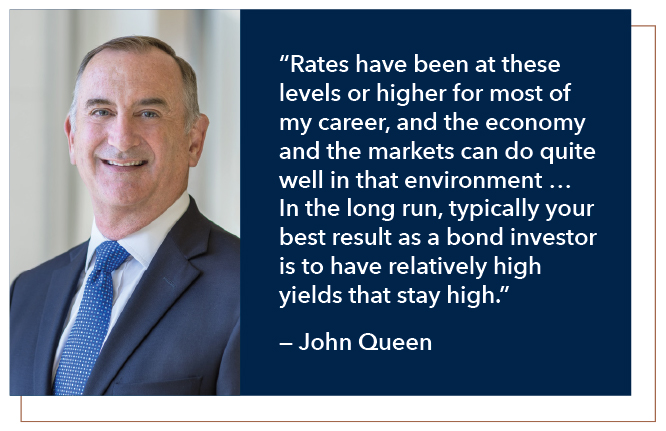
What other areas of opportunity do you see?
Rosario: I think the outlook for securities exchanges remains pretty positive. They make money essentially by charging transaction fees on trades. When there’s a lot of volatility in the market, there’s a lot more trading on the exchanges. Because this is a good time to own exchanges, the valuations are less compelling. I remain thoughtful about when to add and when to sell. But I think, as a structural hold for this period and through a potential soft landing or hard landing, exchanges make a lot of sense.
As a credit-card analyst, I watch delinquencies. They are increasing. One of the questions I have is whether the consumer is really that much weaker? Or does the data reflect weaker underwriting during the COVID period? That’s still not very clear from the figures. Today, the true weakness of the consumer is far from nerve-wracking but it bears watching, especially if we start to see unemployment figures tick up significantly. The picture is mixed.
Goss: I spoke on a couple of panels a few weeks ago, and I asked the audience, “Of all the people that are in the room right now, how many people really like commercial real estate?” Nobody raised their hands. When’s the last time you saw a positive headline about commercial real estate? I can’t remember the last time that everybody was as negative on a sector since housing in 2008.
As an investor and a contrarian, I view that as an opportunity because it means that the vast majority of the bad news is priced in already. Don’t get me wrong, it could probably go down another 5%, 10% at the macro level. But it’s hard when the sentiment is so negative across the board for valuations to take another significant selloff.
In my portfolios, I’ve actually gotten much more constructive. If we don’t go into a deep recession, current yields look pretty good, even though the headlines will continue to be negative for the next couple of years. The valuations on the securities look pretty good. And the bonds that we purchase, they’re big transactions, hundreds of millions of dollars and in some cases billions of dollars. These are chunky loans, as opposed to an auto loan or residential mortgage deal, which might have thousands of different underlying loans within the transactions. That lets our great analysts really dive into the weeds and get a clear picture.
Any last thoughts?
Queen: Whenever there is a bout of volatility, there are always opportunities. With the volatility of the past year, there have certainly been more opportunities. However, we always try to make sure we have a view of, “What if I’m wrong? What’s the downside?” In 2023, that downside could maybe have been a recession coming sooner, maybe the Fed over-tightening, maybe the banking problems spiraling out into other parts of the economy. These could have really hurt our clients’ portfolios.
So while we’ve been trying to take advantage of opportunities, we’ve been somewhat conservatively positioned overall. Portfolios would’ve been better in terms of absolute return had they been positioned more aggressively, but the risks seemed quite high in many cases. We’ve strived to be conservative, but also to find ways to take advantage of opportunities.

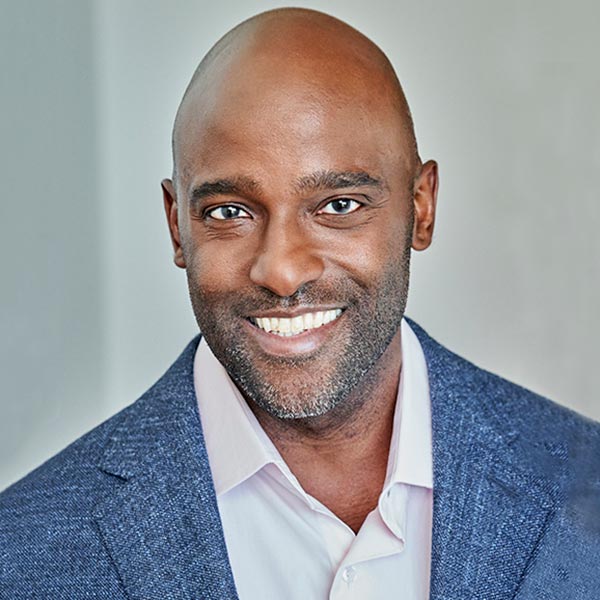 Xavier Goss
Xavier Goss
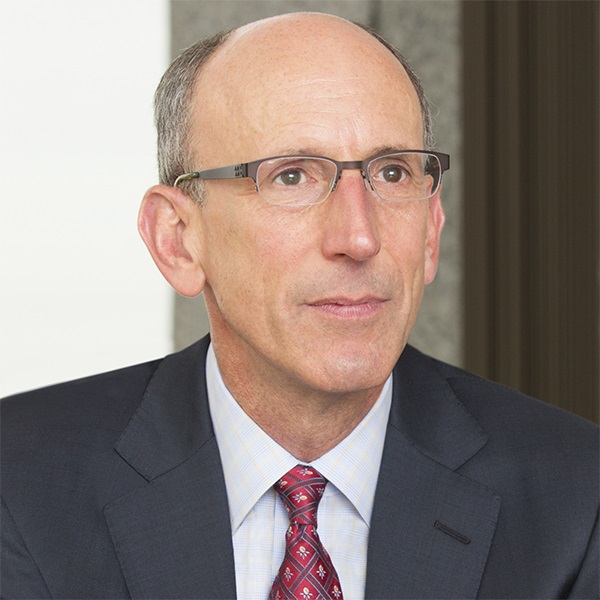 Mark Marinella
Mark Marinella
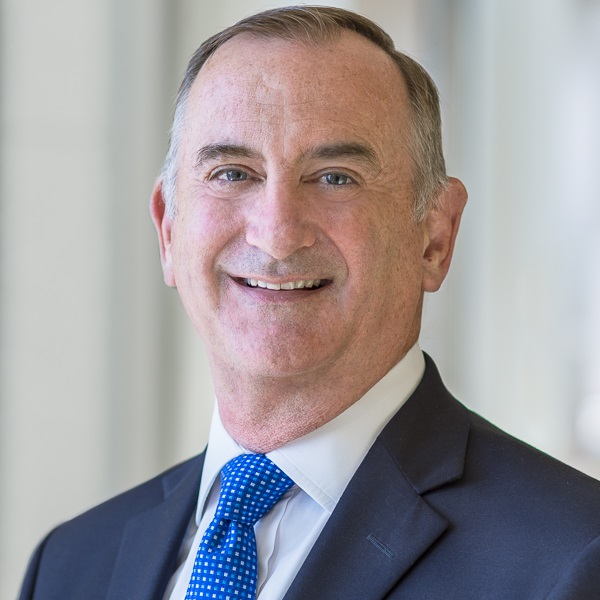 John Queen
John Queen
 Nermis Rosario
Nermis Rosario